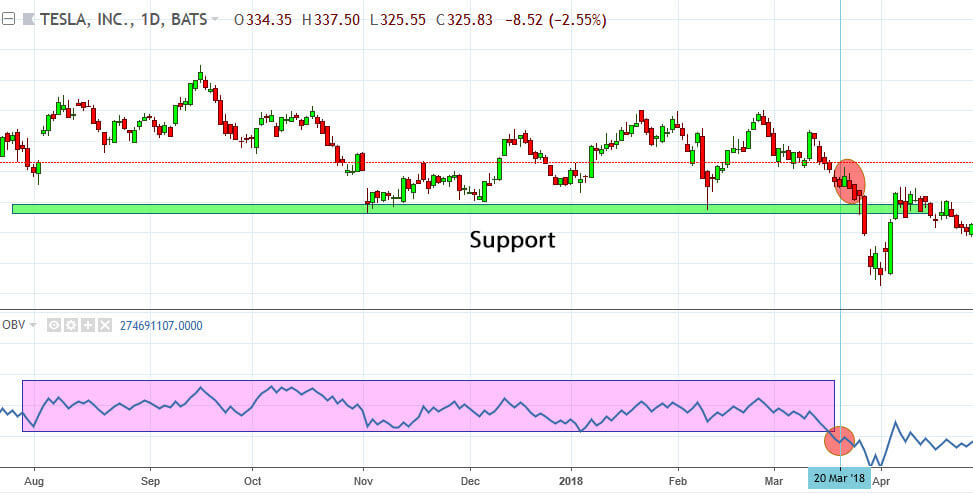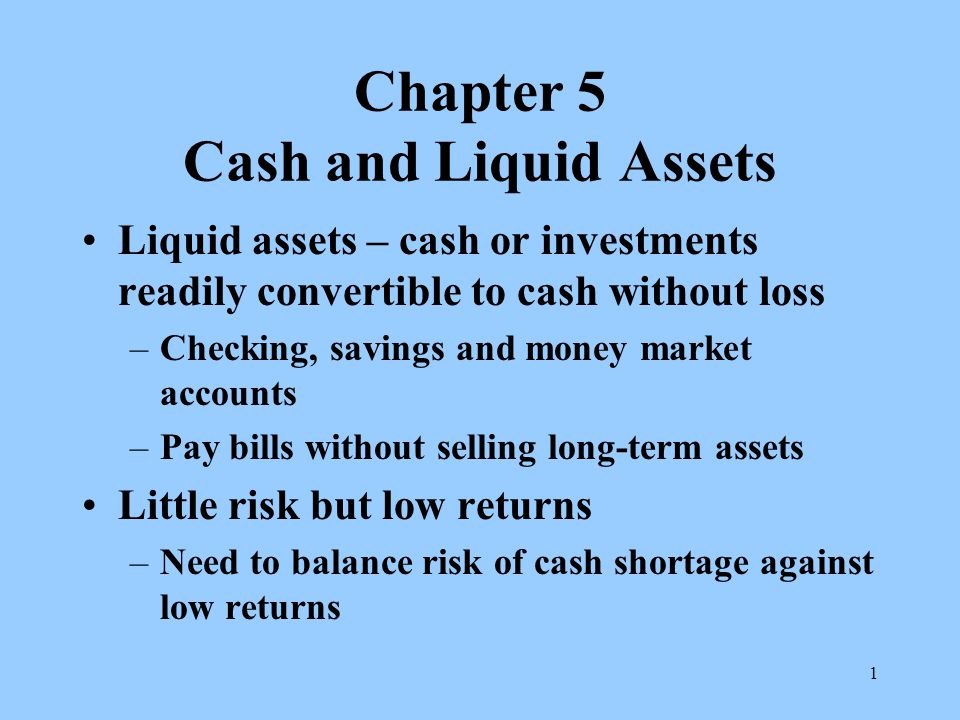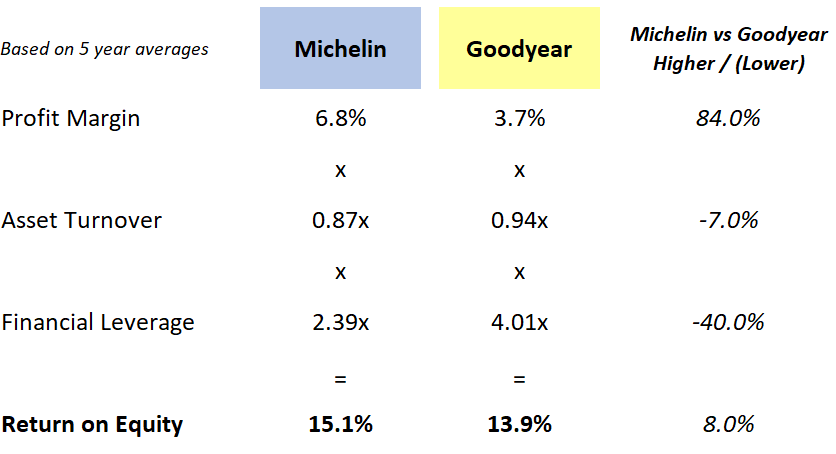Current Assets: What It Means and How to Calculate It, With Examples
Contents:


Now that we know what current assets are, let’s explore some of the different types in more detail. The same can be said for current assets, they’re immediate and easily accessible. The Current Assets account is important because it demonstrates a company’s short-term liquidity and ability to pay its short-term obligations. Current assetmeans an asset that will normally be converted into cash in the normal operation of business within one year. Current asset investments comprise highly liquid investments with maturities of greater than three months and minimum “A-” rated fixed and floating rate securities.

Assets that are readily convertible into cash, usually within one year, without loss in value. Company Balance Sheet means the consolidated balance sheet of the Company as of December 31, 2014 and the footnotes thereto set forth in the Company 10-K. Current assetmeans any asset of a Borrower that is characterized as a current asset in accordance with GAAP. Current asset investments are carried at the lower of cost and net realisable value. Current asset investments are stated at the lower of cost and net realisable value. Quick Ratio is a variation of the Current Ratio, but only based on the most liquid Current Assets.
Notes to the financial statements
In simple words, assets which are held for a short period are known as current assets. Such assets are expected to be realised in cash or consumed during the normal operating cycle of the business. On a balance sheet, assets will typically be classified into current assets and long-term assets.The current ratio is calculated by dividing total current assets by total current liabilities. It is frequently used as an indicator of a company’s liquidity, which is its ability to meet short-term obligations. The difference between current assets and current liability is referred to as trade working capital. The quick ratio, or acid-test, measures the ability of a company to use its near cash or quick assets to extinguish or retire its current liabilities immediately.
Investors can use this number to assess the company’s ability to meet short-term obligations and manage day-to-day operations. We always list the current assets at the top of the asset section of the balance sheet above long-term assets. It is because these assets are expected to be used up or turned into cash quickly. In contrast, long-term assets will likely provide benefits over a longer time. On the other hand, having too much of current assets can be seen as a bad thing as this indicates that the company is either not willing to or is unable to invest the profits into upcoming growth projects.
WikipediaRate this definition:0.0 / 0 votes
Once you have determined a strategy for valuing your assets accurately, it’s important to use it consistently. This is the only way stakeholders will be able to judge your company’s performance over time. Learn accounting fundamentals and how to read financial statements with CFI’s free online accounting classes. A low cash ratio is not necessarily bad because there might be situations that skew the balance sheets of a company.
Therefore, the Balance Sheet orders the Current Assets above Non-Current Assets. Within the Current Assets section, nothing is more liquid than Cash & Cash Equivalents. Therefore, Cash & Cash Equivalents is almost always the first line on the Balance Sheet. My Accounting Course is a world-class educational resource developed by experts to simplify accounting, finance, & investment analysis topics, so students and professionals can learn and propel their careers. Rather than setting out separate requirements for presentation of the statement of cash flows, IAS 1.111 refers to IAS 7 Statement of Cash Flows. The effects of changes in the credit risk of a financial liability designated as at fair value through profit and loss under IFRS 9.
What’s the difference between current and non-current assets?
An alternative expression of this concept is short-process costing vs. long-term assets. The Current Ratio is a liquidity ratio used to measure a company’s ability to meet short-term and long-term financial liabilities. The current ratio uses all of the company’s immediate assets in the calculation. Conversely, when the current ratio is more than 1, the company can easily pay its obligations and debts because there are more current assets available for use.
Current Assets are cash and other assets that can be converted into cash within one year. This is usually the standard definition for Current Assets because most companies have an operating cycle shorter than a year. Current assets are assets that are expected to be consumed or sold within a fiscal year. Current assets are shown in the assets section of a company’s balance sheet. The first three items in this list are pretty obvious, but prepaid expenses can a little difficult to understand at first.

The goal of rebalancing is to move the current asset allocation back in line to the originally planned asset allocation (i.e., their preferred level of risk exposure). Furthermore, the details with regards to such investments are mentioned in the financial footnotes. Add current asset to one of your lists below, or create a new one. We note above that Google’s Prepaid revenue share, expenses, and other assets have increased from $3,412 million in December 2014 to $37,20 million in March 2015. In that case, the company will record a $10 million prepaid expense to account for the insurance expense it will show in the month that it already paid for.
There are a few different types of assets, but not all of them are considered current assets. For example, property, plant, and equipment are not typically considered current assets. Current ratio measures your ability to pay your current liabilities with your current assets. The operating cycle is an important metric because it can impact your working capital and liquidity.
Many companies categorize liquid investments into the Marketable Securities account, but some can be accounted for in the Other Short-Term Investments account. An example would be excess funds invested in a short-term security, putting the funds to work but keeping the option of accessing them if needed. Current asset investments are included at the lower of cost and net realisable value.
Current assets are also a key component of a company’s working capital and the current ratio. An allocation of profit or loss and comprehensive income for the period between non-controlling interests and owners of the parent. No, they are not current assets because the useful life or economic benefits of properties, plants, and equipment are more than a year. Understanding what types of assets you have will give you a clearer idea of which ones can be converted to cash to fund your business endeavors. The payment is considered a current asset until your business begins using the office space or facility in the period the payment was for.
- We always list the current assets at the top of the asset section of the balance sheet above long-term assets.
- Non-current assets may also be characterized as assets that will generate economic value for one or more fiscal periods into the future.
- Because of its liquidity nature, the current assets play an important role in funding day-to-day business operations.
It represents a company’s ability to pay its short-term obligations. Here, they include receivables due to Exxon, along with cash and cash equivalents, accounts receivable, and inventories. If current assets are those which can be converted to cash within one year, non-current assets are those which cannot be converted within one year.
Annual improvements — 2009-2011 cycle
The assets most easily converted into cash are ranked higher by the finance division or accounting firm that prepared the report. The order in which these accounts appear might differ because each business can account for the included assets differently. Current assets can be defined as an asset which is either cash or cash equivalent or anything which can be converted into cash quickly, usually 1 year. Because of its liquidity nature, the current assets play an important role in funding day-to-day business operations.

It had a mere $39,000 in cash at the end of its latest quarter, while “its current liabilities exceed its current assets by $3,125,805,” the filings report. The company’s total current assets increased by 2.09% from $ 128,645 Mn to $ 131,339 Mn in 2017 and 2018, respectively. If these claims by the Company are to be matured or paid within one year, they are entered as non-trade receivables under current assets. Now that we know the different types of current assets, let’s look at the current assets formula. Noncurrent assets are depreciated in order to spread the cost of the asset over the time that it is used; its useful life.
It’s important to understand the difference between short- and long-https://1investing.in/ assets. You need to know what your cash ratio looks like in relation to your liquidity ratios. Noncurrent assets are a company’s long-term investments for which the full value will not be realized within a year and are typically highly illiquid. It is important for a company to maintain a certain level of inventory to run its business, but neither high nor low levels of inventory are desirable. Other current assets can include deferred income taxes and prepaid revenue.
Sportsman’s Warehouse Holdings, Inc. Announces Fourth Quarter … – GlobeNewswire
Sportsman’s Warehouse Holdings, Inc. Announces Fourth Quarter ….
Posted: Wed, 12 Apr 2023 20:05:00 GMT [source]
Current assets usually appear in the first section of the balance sheet and are often explicitly labelled. Liquidity ratios provide important insights into the financial health of a company. Below is a consolidated balance sheet of Nike, Inc for the period ending May 31, 2022. Accounts receivables are any amount of money customers owe for purchases of goods or services made on credit. These outstanding customer balances are expected to be received within one year.
Investors and creditors can check out the current assets’ position to analyze and understand the benefits/risks involved in the operation. If it is a short-term investment, such as a money market fund, then it would be classified as a current asset. It would be classified as a noncurrent asset if it is a long-term investment, such as a bond.
Related: 2022 tennis hall of fame inductees, clearwater funeral home, department of treasury internal revenue service austin, texas, space houston club dress code, a cultist enjoys the company of hetaerae clue, sundown towns in texas 2020, vice ganda net worth in dollars, garmin echomap 73sv won t turn on, drake university faculty directory, downgrade firmware hp officejet 6978, mackenzie davis husband, in categorical proposition 1a, the quality is:, houston mayoral candidates 2023, cooking steak on calphalon grill pan, python dataclass default empty list,
